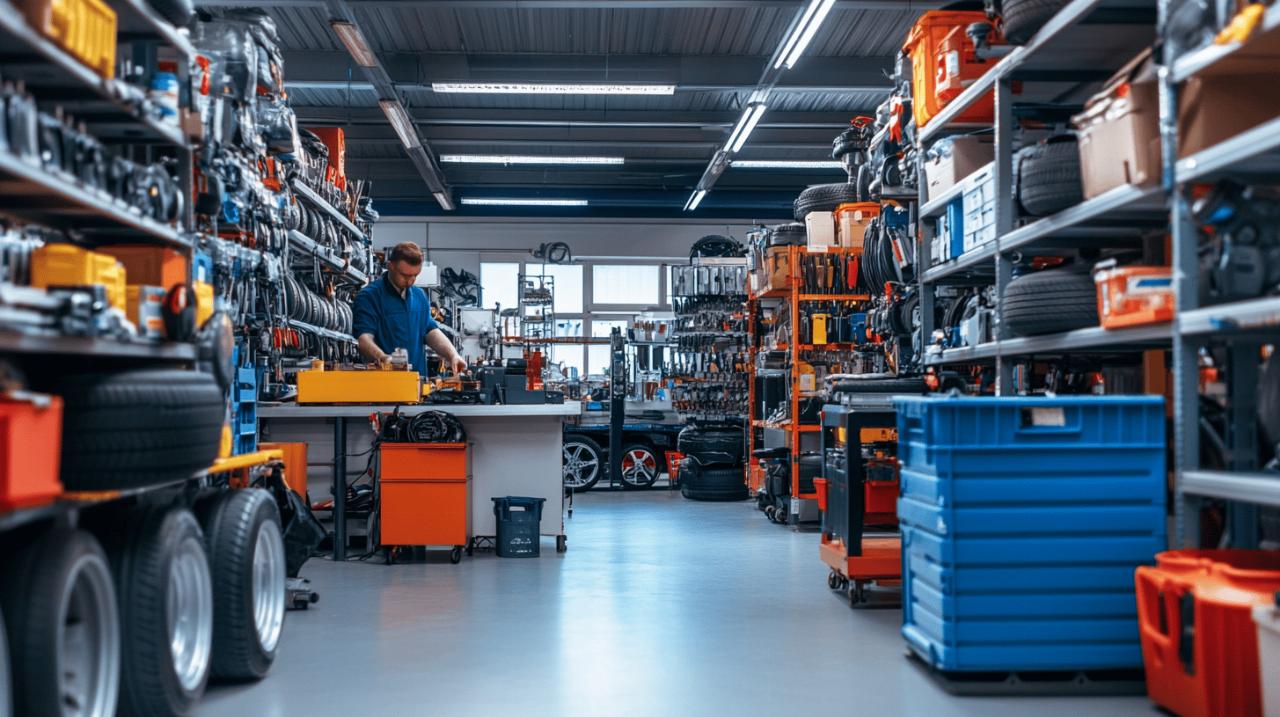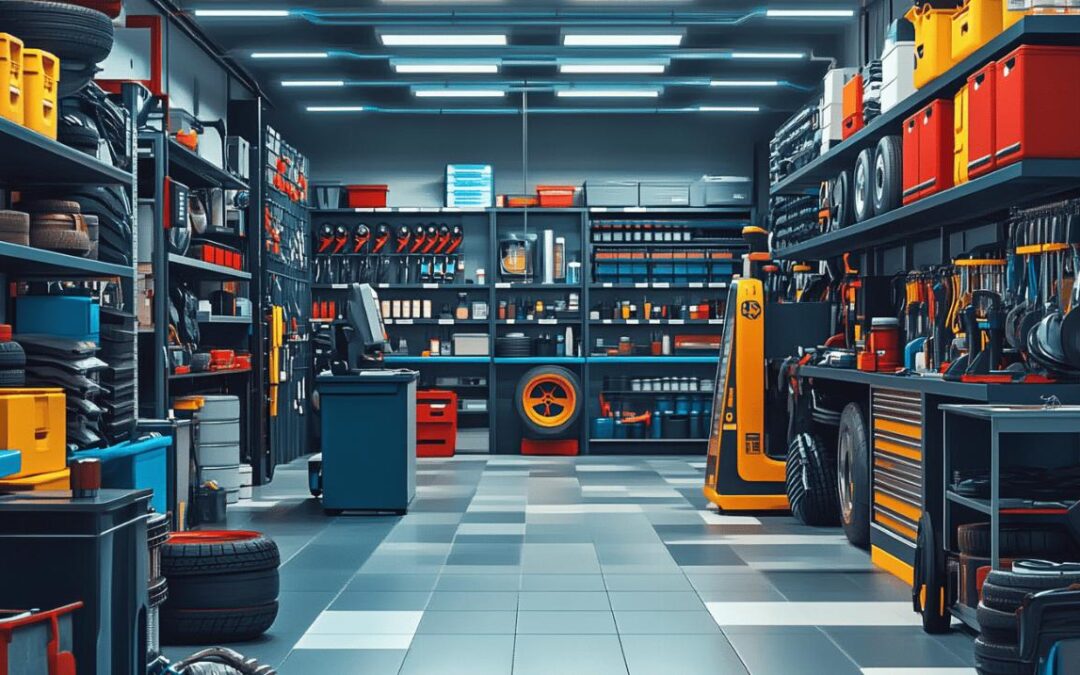Creating a routine maintenance schedule
Regular maintenance is the cornerstone of extending your vehicle’s lifespan. Auto Healthchecks performed consistently can prevent minor issues from becoming major problems that lead to costly repairs. Establishing a consistent schedule helps you track when components need attention and ensures nothing is overlooked during busy periods. Most manufacturers recommend specific maintenance intervals, but creating your own personalised schedule based on your driving habits and local conditions can be even more effective.
Critical checkpoints for monthly inspections
Monthly checks form the foundation of good vehicle care. Take time to examine fluid levels including engine oil, coolant, brake fluid, power steering fluid, and windscreen wash. Tyre inspections should include pressure checks and visual examinations for wear patterns or damage. Battery terminals should be kept clean and free of corrosion to maintain proper electrical connections. Additionally, test all lights and signals to ensure visibility and compliance with road safety regulations. These simple checks typically require just 15-20 minutes but can prevent significant issues down the line.
Seasonal maintenance tasks for optimal performance
Seasonal changes demand specific attention to different vehicle systems. Winter brings battery stress and requires antifreeze checks, while summer demands vigilance regarding cooling systems and air conditioning performance. Autumn calls for wiper blade replacement and light inspections as daylight hours decrease. Spring is ideal for thorough cleaning to remove winter salt deposits that contribute to rust formation. Adapting your maintenance routine to seasonal challenges ensures your vehicle remains reliable throughout changing weather conditions and helps prevent component failure during extreme temperatures.
Mastering fluid management for vehicle longevity
Proper fluid management is essential for preserving automotive components. Each fluid serves a specific purpose, from lubricating moving parts to transferring heat or enabling hydraulic systems to function. Neglecting fluid maintenance often leads to accelerated wear and potentially catastrophic failures. Most vehicles require regular checks of at least five different fluids, each with its own replacement interval and specific characteristics. Using manufacturer-recommended fluids rather than generic alternatives can significantly extend component life and improve overall performance like at Auto H
Understanding different fluid types and their replacement intervals
Engine oil should typically be changed every 5,000-10,000 miles depending on driving conditions and manufacturer recommendations. Transmission fluid generally needs replacement every 30,000-60,000 miles, while brake fluid requires changing every two years regardless of mileage due to its hygroscopic nature. Coolant should maintain a 50:50 ratio of antifreeze to distilled water and needs replacement every 30,000 miles or three years. Power steering fluid and windscreen wash require less frequent replacement but should still be checked regularly for proper levels and condition. Following these guidelines helps ensure optimal protection for vital systems.
Signs your vehicle fluids need immediate attention
Fluid issues often present warning signs before causing significant damage. Dark, gritty engine oil indicates contamination and reduced protection. Sweet smells from the engine area may suggest coolant leaks, while grinding noises during braking could indicate low brake fluid levels. Difficult steering might point to power steering fluid problems. Automatic transmission fluid should remain red and clear; brown or burnt-smelling fluid requires immediate attention. Addressing these warning signs promptly can prevent cascading failures that affect multiple systems and components, saving substantial repair costs and extending vehicle life.
Driving techniques that preserve your vehicle
How you drive significantly impacts component longevity. Gentle acceleration reduces strain on the engine, transmission, and drivetrain, while smooth braking preserves brake pads, rotors, and suspension components. Maintaining steady speeds rather than constantly accelerating and decelerating improves fuel efficiency while reducing wear on multiple systems. Some experts recommend occasionally running the engine at higher revs to clear carbon deposits, particularly in diesel vehicles. These driving habits might seem minor individually but collectively create substantial differences in component lifespan.: 
The impact of gentle acceleration and braking on component life
Aggressive acceleration forces the engine to work harder, increasing internal friction and heat that accelerate wear. Similarly, harsh braking generates excessive heat in brake components, leading to warped rotors and premature pad wear. The transmission experiences greater stress during rapid acceleration and deceleration, potentially shortening its lifespan by thousands of miles. Smoother driving techniques allow components to operate within their optimal temperature ranges and stress levels. Research suggests vehicles driven gently can extend component life by 20-30% compared to those subjected to aggressive driving styles, translating to significant cost savings over time.
Best practices for motorway and city driving
Motorway driving benefits from maintaining consistent speeds and using cruise control when appropriate. For diesel vehicles, monthly motorway journeys help clear diesel particulate filters and prevent clogging. City driving presents different challenges, with frequent stopping requiring gentle braking techniques to preserve components. Avoid resting your foot on the clutch pedal or your hand on the gearstick during city driving, as these habits cause premature wear. In both environments, leaving adequate space between vehicles allows for gradual speed adjustments rather than sudden changes. Planning routes to avoid excessive idling in traffic further reduces unnecessary engine wear and fuel consumption.
Tyre care and management strategies
Tyres represent the sole contact point between your vehicle and the road, making their maintenance crucial for both safety and component preservation. Proper tyre care extends beyond safety concerns to impact fuel efficiency, handling characteristics, and the condition of suspension components. The average car owner could save hundreds of pounds annually through proper tyre maintenance, considering both reduced replacement frequency and improved fuel economy. Beyond regular pressure checks, developing comprehensive tyre management strategies helps maximise their service life while protecting related vehicle systems.
Proper inflation techniques and rotation schedules
Tyre pressure should be checked weekly when tyres are cold for accurate readings. Under-inflation increases rolling resistance and heat generation, accelerating tread wear and potentially causing structural damage. Over-inflation reduces contact patch size, affecting traction and increasing vulnerability to impact damage. Rotation schedules vary by vehicle type but generally should occur every 5,000-7,000 miles to ensure even wear patterns. Front-wheel-drive vehicles typically experience faster front tyre wear, while rear-wheel-drive vehicles show the opposite pattern. Following manufacturer-recommended rotation patterns helps achieve maximum tyre lifespan while maintaining balanced handling characteristics.
How tyre condition affects other vehicle components
Tyre condition influences numerous vehicle systems beyond the tyres themselves. Uneven wear patterns can indicate alignment issues that place additional stress on steering and suspension components. Underinflated tyres increase rolling resistance, forcing the engine to work harder and consume more fuel. The resulting heat buildup also affects wheel bearings and suspension bushings. Excessive tyre noise often signals wear patterns that transmit additional vibration through the suspension system. Addressing tyre issues promptly helps prevent this cascade effect that can impact steering precision, suspension durability, and overall driving comfort while reducing unnecessary strain on the powertrain.
Addressing minor issues before they escalate
Preventative maintenance proves far more economical than reactive repairs. Small issues typically progress into larger problems when left unattended, often affecting multiple systems. Strange noises, minor leaks, or slight performance changes warrant immediate investigation rather than adoption of a wait-and-see approach. Modern vehicles provide numerous early warning indicators before catastrophic failures occur, allowing attentive owners to address problems during their initial stages. Developing a proactive mindset regarding vehicle maintenance helps avoid roadside breakdowns and preserves both your vehicle’s reliability and your finances.
Warning signs that shouldn’t be ignored
Dashboard warning lights provide the most obvious indication of developing problems and should never be dismissed. Unusual noises like knocking, whining, or grinding often signal specific component issues before complete failure occurs. Fluid spots beneath the parked vehicle indicate leaks that can lead to system failures if levels drop too low. Performance changes such as delayed acceleration, rough idling, or increased braking distances suggest developing mechanical issues. Even subtle differences in handling characteristics, fuel consumption, or starting behaviour can indicate potential problems that merit professional assessment before they progress to component failure.
DIY diagnostics versus professional assessment
Many vehicle owners can perform basic diagnostics to identify potential issues. Visual inspections, listening for unusual sounds, and monitoring performance changes provide valuable information. However, modern vehicles incorporate complex electronic systems that often require specialised diagnostic equipment for accurate assessment. While DIY maintenance remains valuable for routine tasks, professional assessment becomes essential when dealing with electronic systems, emissions components, or when multiple symptoms appear simultaneously. Establishing a relationship with a trusted mechanic who understands your maintenance preferences helps strike the right balance between self-maintenance and professional intervention, ensuring problems are addressed appropriately before causing extensive damage to related components.

